本文共 2247 字,大约阅读时间需要 7 分钟。
人人都有大厂梦,对于程序员来说,BAT为首的一线互联网公司肯定是自己的心仪对象,毕竟能到这些大厂工作,不仅薪资高待遇好,而且能力技术都能够得到提升,最关键的是还能够给自己镀上一层金,让人瞻仰。
同样的,我自己的个人目标是腾讯,但之前一直在一家小公司,一呆就是好几年,现在通过不断学习和实践,提升了自己很多,也有了信心来腾讯挑战。下面,就是我这次面试的一些经历和心得。
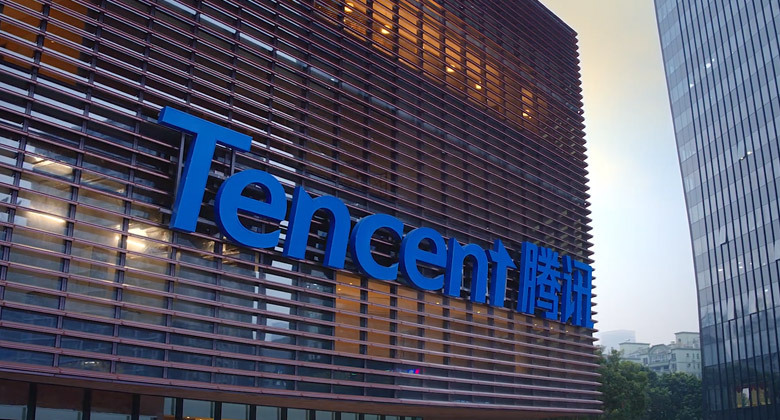
腾讯PCG看点一面(4月16日 腾讯会议60min)
- 项目
- APK的入口在哪里
- Activity的启动模式
- 列表闪动的问题怎么解决的?
- ListView使用可以改进的问题,包括布局优化、异步加载资源的闪动问题等等。
- Glide
- LRU算法的思想?
- 怎么设计一个图片加载工具?
- 为什么使用Gson?
- 知道哪些排序?快排和冒泡的思想?Arrays.sort方法的排序?
- 对项目的总结感受?
- 反问环节,问了下流程的时间问题,以及看点这边优先级比较高需要提前学习的内容。
一面的面试情况顺利,面试官也当场表示这场面试算是“勾搭”上了,后面即使走不完流程,也会在正式批先找我。另外也建议我自信一点,跟我说了下即使前面待报批流程放弃也是一种双向选择,可能不同的面试官会有不同的考量,即使被一个部门挂掉,别的部门也许就正好需要你这样的同学等等。
前面的面试结束以后过了几分钟,就接到了面试电话。
PCG看点二面(4月16日 电话40min)
- 介绍项目
- 客户端发送信息给服务端去控制台灯,怎么保证台灯也能收到指令?联调怎么做的?
- 为什么要进行布局优化的,从什么地方产生的这个需求?
- 为什么使用Websocket,而不用Socket?
- 获取图像然后使用SDK之前,有对图像进行处理吗。
- OkHttp当中学习过什么内容,网络请求是在哪里发起的?有哪些拦截器?
- 原生的网络请求方法?
- APP框架怎么搭的?
- 为什么使用Fragment?Fragment相比Activity的优势。
- HashMap是线程安全的吗?
- 实验室相关?
- 个人兴趣爱好?
腾讯三面
- 你在项目中遇到哪些有挑战性的点?
- 流量在某一时刻暴涨,然后又猛跌如何应对?
- redis 消息队列如何对过期信息/无效信息进行删除?
- 讲一讲 redis 的持久化机制?
- 为什么JAVA类加载要用双亲委派?
- 怎么实现同步?
- JAVA锁有哪几种?
- 两种锁的区别?
- 了解过AQS吗?
- 场景题:给一个方法加上超时异常
- 生产者消费者模型的作用是什么?
- 怎么检测一个线程是否持有对象监视器?
- Java编程写一个会导致死锁的程序
- 如果你提交任务时,线程池队列已满,这时会发生什么?
- Hashtable的size()方法中明明只有一条语句”return count”,为什么还要做同步?
- swtich是否能作用在byte上,是否能作用在long上,是否能作用在string上?
- 高并发、任务执行时间短的业务怎样使用线程池?并发不高、任务执行时间长的业务怎样使用线程池?并发高、业务执行时间长的业务怎样使用线程池?
最后面问面试官建议的时候,面试官反问我为什么回答问题的时候停顿比较久,我解释了下,然后就说我学习方面没什么问题,但是建议我回答问题的方式需要改善一下,另外也是建议我不用太紧张。
面试心得
关于这次面试腾讯,只能说腾讯是一个卧虎藏龙的地方,员工素质也非常高,待人也很友好,相信在阿里工作,会给自己带了很多收获。
最后,关于面试腾讯,给出以下几点建议,希望能帮助到大家:
- 提前了解好腾讯的企业文化。
- 腾讯面试周期比较长,调整好心态,做好充分的准备。
- 在岗位上要体现出一定的企图心。
- 除了梳理技术积累和项目经验以外,还有对未来的业务开展有自己的思考和规划。
- HR面很专业,要体现自己有能力融入阿里的文化体系。
说在最后
现在很多程序员,都会陷入到一个怪圈:看到别人升职加薪,又觉得为啥别人运气总是那么好,我和他差不多时间进公司的啊!然后去跳槽,发现,现在的面试这么难的嘛,动不动就底层原理,动不动就源码分析,Java不好做了,做Java的人太多了,我还是转行吧。
归总到一点,就是没从自己思考,从身上找原因。无论对于程序员来说,还是对于其他岗位,想要涨薪升职,自己的能力肯定要跟得上,而唯一的办法就是通过学习来提升自己。
腾讯超全面试题答案解析版:
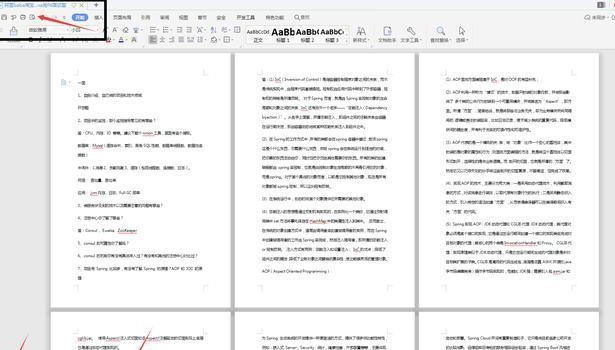
我给大家准备一些面试题非常全面,包涵Java基础、Java集合、操作系统、计算机网络、分布式理论、Redis、Linux、git、Spring、MyBatis、kafka,RocketMQ、Netty、Dubbo。内容非常丰富,已经帮很多人拿下互联网一线公司的offer。
废话也不多说,上图!看看就知道了!每份pdf都有左侧导航书签页,看的时候十分方便,由于内容较多,这里就截取一部分图吧。需要的帮忙转发一下,关注后添加助理vx:yunduoa2019或扫描下图二维码,跟随助理指引自行获取

- Java核心知识点:
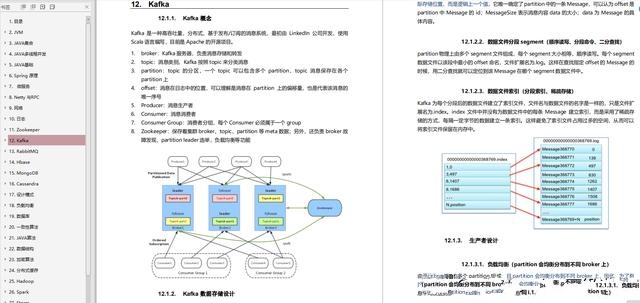
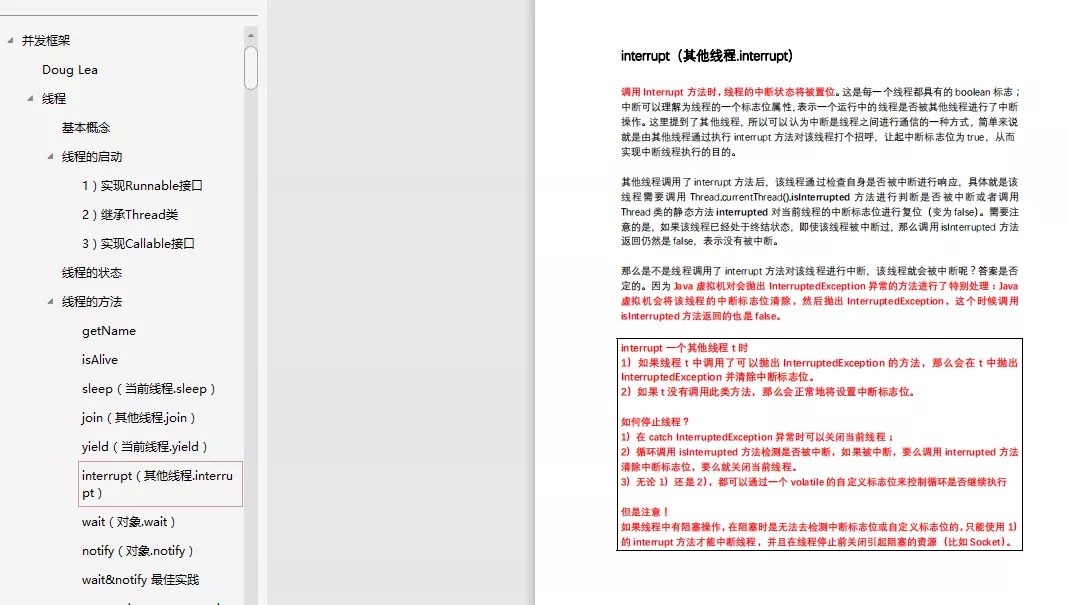
- Java面试宝典:
Java基础部分、算法与编程、html&JavaScript&ajax 部分、Java web部分、数据库部分、XML部分、流行的框架与新技术、软件工程与设计模式、j2ee部分、EJB部分、webservice部分、其他。

- 架构学习资料:
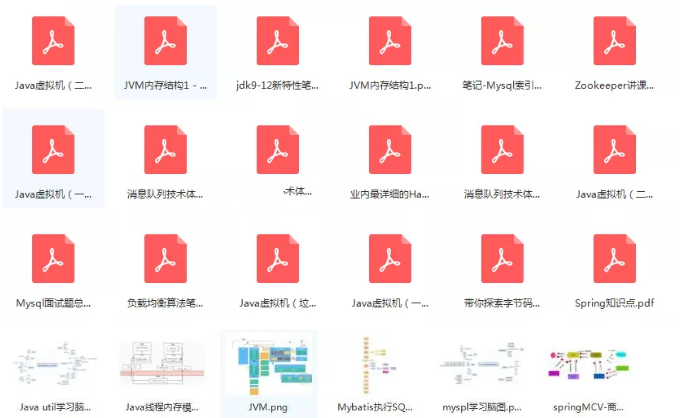
- 学习视频:

以上这些学习资料都能够分享给小伙伴们,希望能一起努力,共同进步!有需要的,帮忙转发一下,关注后添加助理vx:yunduoa2019或扫描下图二维码,跟随助理指引自行获取

转载地址:http://xbfe.baihongyu.com/